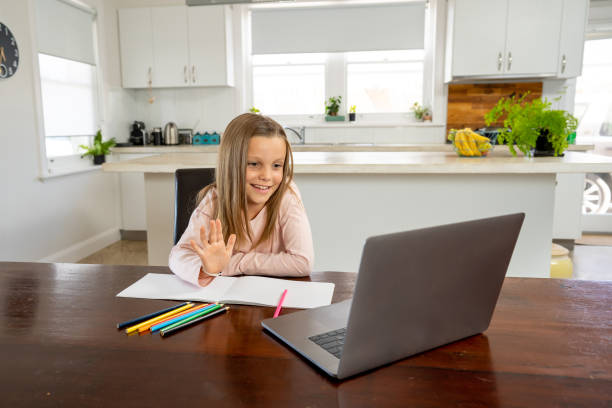The one thing that will not change is that homework is an essential aspect of life, whether studying in person or on the internet. However many resentments we get from our children and parents, we have to be able to complete the task.
It doesn’t have to be a grueling chore, mainly when the rooms are designed to be unique, functional, practical, and fun. Here are seven ways to help your children create the ideal homework space
1. Choose a clutter-free space
Maintaining your desk clean is a common practice when it comes down to constructing the perfect workstation. However, many parents ignore the importance of clearing the clutter to create the ideal environment free of distractions in their rush to design spaces for play and work.
Encourage your child to learn to categorize things and put away anything unnecessary. Set up desk organizers and cabinets where stuff like this can be stored without affecting concentration.
2. Check that everything you require is in reach
While keeping distractions out of the way is crucial, supporting your child when creating their learning space is equally important. Some examples of essentials are writing instruments, calculators, loose-leaf papers, or pencil sharpeners. Additionally, these elements will vary based on the class stage, education level, and students’ age. The most important thing is to create a workspace with designated “homes” for different objects to ensure your child is never required to leave the table to complete an assignment.
3. Utilize natural light and air circulation
A study space must be well-lit. This means a suitable desk lamp for your child is vital, particularly in dark rooms. The natural light source should be utilized whenever possible, as it improves eyesight and can be particularly beneficial when your child spends much time in front of a screen.
4. Be aware of the route that leads to this homework zone.
Suppose your child is experiencing physical difficulties or is struggling with motor abilities. This may be frustrating and a real issue if they cannot move around the area quickly. In addition, it increases the chance of being distracted if people cannot move.
Be sure to set up the area for your child’s homework in a place with less traffic, particularly if you have enough space for it to be set up without being shackled or worried about taking up space.
5. Make the most of your desk!
It’s beneficial to have a multi-purpose study station. The desktop can be used to complete homework during the week and on weekends; it could be used to create Lego structures or model action figures.
You can use standing desks, mobile desks, or even shelves that could be used as study stations for toddlers. The possibilities are endless. When you make something more flexible, you can effectively maximize available space and energy.
6. Place the room in a way so you can be near your child.
Based on the age of your child and needs, plenty of adult help could be required to finish tasks. If they cannot be counted on to remain focused independently, this could be a problem.
Consider your child’s requirements, age, personality, and academic abilities when creating the ideal space for homework for your child. To ensure you are there when you need to be, you may want to establish the area near the parents, particularly initially.
7. Bring a bit of the child’s character to the space
Designing with a purpose is one of the most effective ways to create an environment where children can work. Make sure to incorporate personal items, favorite objects or things, or other sentimental objects, which will make the place unique but not distracting, considering that the child(ren) will use it.
There are a variety of ways to transform your child’s classroom into a space that is personal to your child, including wall decor and items that are color-coded.
Assisting your children with homework will be much easier with a designated space. Making use of the strategies mentioned within this post will aid you in keeping on top of your tasks and help you complete your child’s work with a plan. For more content on organizing for kids, go to Homebliss’ blog! Blog Homebliss!

